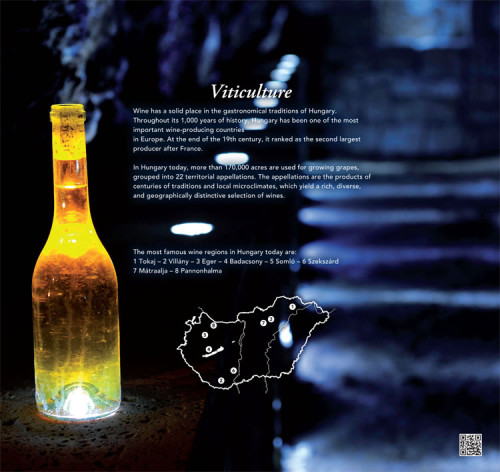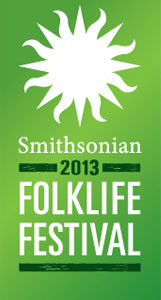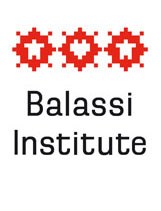 Hungary lies at the crossroads of two large cultural zones of alcohol consumption, bordering the southern, southwestern zone of viticulture and the northern, northeastern zone defined by the dominance of spirits (due to its climate which is inhospitable for viticulture). At the same time, Hungary has been traditionally considered a wine-drinking country, with good reason: at the end of the 19th century, Hungary was the second larger European producer of wine, after France. Grapes and wine has a solid place in the gastronomical traditions of the country, although the latter has a far greater cultural significance than the tradition of consuming the fruit from the vine. Low-alcohol products were consumed as a substitute for potable water which was hard to come by before modern times, while good wines had the distinction of being enjoyed on holidays and special occasions. Folk tales, proverbs and sayings abound in references to wine, demonstrating the cultural significance of its consumption.
Hungary lies at the crossroads of two large cultural zones of alcohol consumption, bordering the southern, southwestern zone of viticulture and the northern, northeastern zone defined by the dominance of spirits (due to its climate which is inhospitable for viticulture). At the same time, Hungary has been traditionally considered a wine-drinking country, with good reason: at the end of the 19th century, Hungary was the second larger European producer of wine, after France. Grapes and wine has a solid place in the gastronomical traditions of the country, although the latter has a far greater cultural significance than the tradition of consuming the fruit from the vine. Low-alcohol products were consumed as a substitute for potable water which was hard to come by before modern times, while good wines had the distinction of being enjoyed on holidays and special occasions. Folk tales, proverbs and sayings abound in references to wine, demonstrating the cultural significance of its consumption.
It is assumed that the nomadic Magyars were familiar with at least some aspects of making wine prior to the arrival and settling in the Danubian basin, as attested to by the steppe vocabulary related to wine that has been preserved in the language up to the present day. The Western and Southern European technologies of wine-making were introduced to Hungary in the early middle ages by Latin, Frankish and Germanic settlers and monks. In this period, only white wine was produced and consumed in Hungary, the technology for making reds arrived to Hungary with the Serbs fleeing the Ottoman Turks after their invasion of the Balkans in the late 14th century. During the late 19th century, the pest Phylloxera laid waste to European viticulture and Hungary was particularly hard hit by the invasion. The destruction, however, was followed by renewed demand, and coupled with a conscious government policy, Hungarian wine-making reinvented itself soon after, using new grape varieties and technologies. This renaissance of wine-making has remained the historical foundation of great Hungarian wines up to this day.
In Hungary today, over 170.000 acres are used for growing grapes, grouped into 22 territorial appellations. This number may seem overly large, but appellations are the products of centuries of traditions of making wine, determined by societal know-how transmission, market conditions, microclimates of locales impacting grape varieties, cultivation practices and geographical conditions.
Multiple layers of traditions of viticulture all impact the wines made in the Danubian basin, yielding a rich, versatile and geographically segmented assemblage . Often one finds very different conditions a few miles away, but even in a single terroir, which serves as a great basis for a variegated tradition of excellence in Hungarian wine-making.
At the same time, apellations do help one to get a basic understanding of wines from the various regions. Villány, Szekszárd and Eger are known for full-bodies reds of a very high quality. Somló and Badacsony yield wines with high minerality due to the volcanic soil. The world-famous Tokaj region is home to aszu wines, distinguished by its unique microclimate and the local soil composition.
Go to the next stop of the virtual tour »»»






